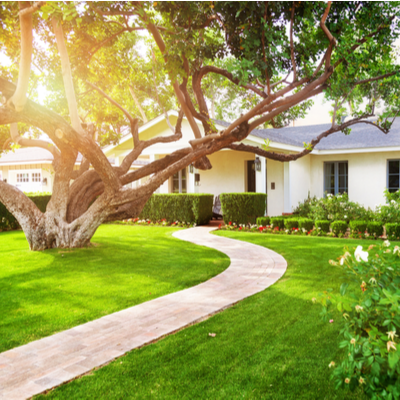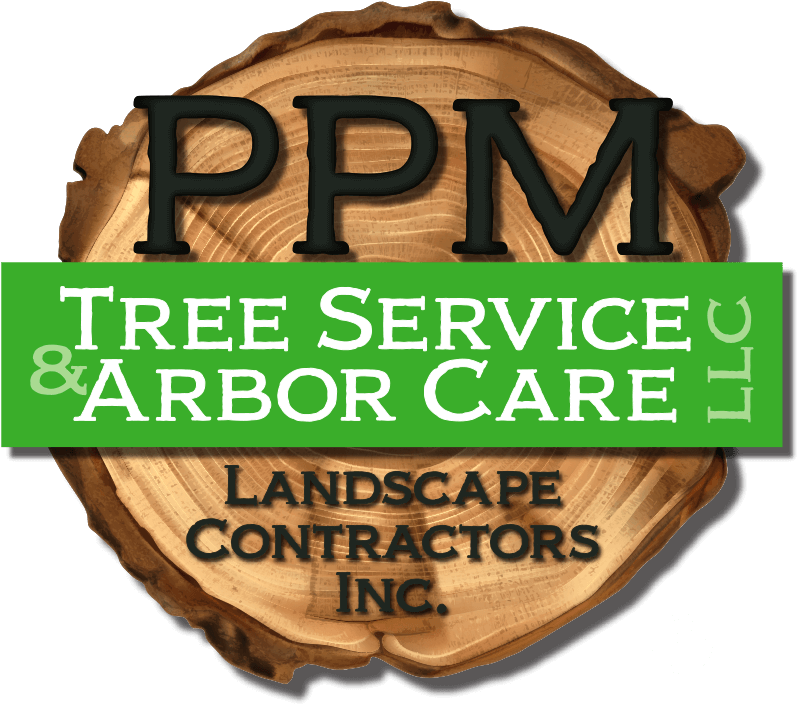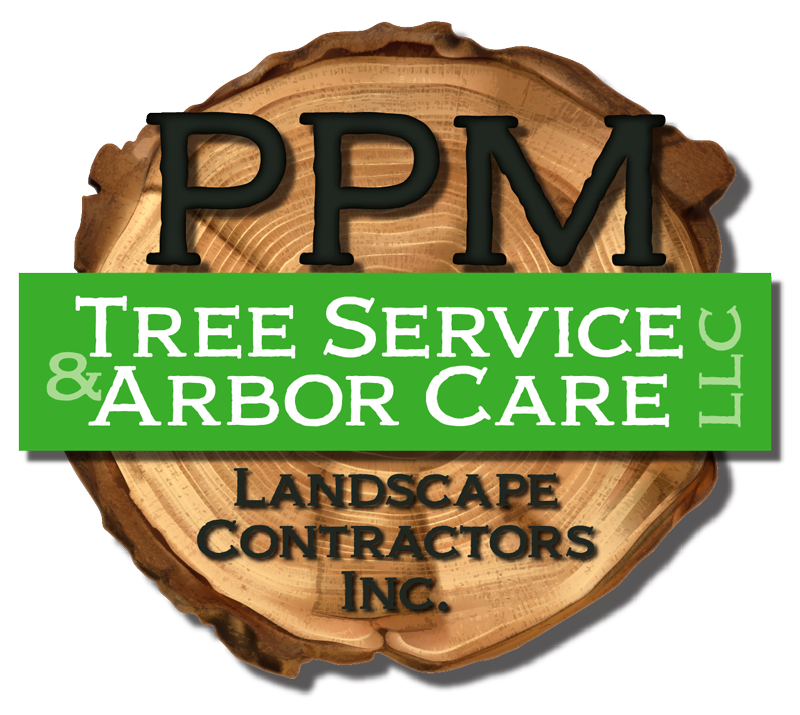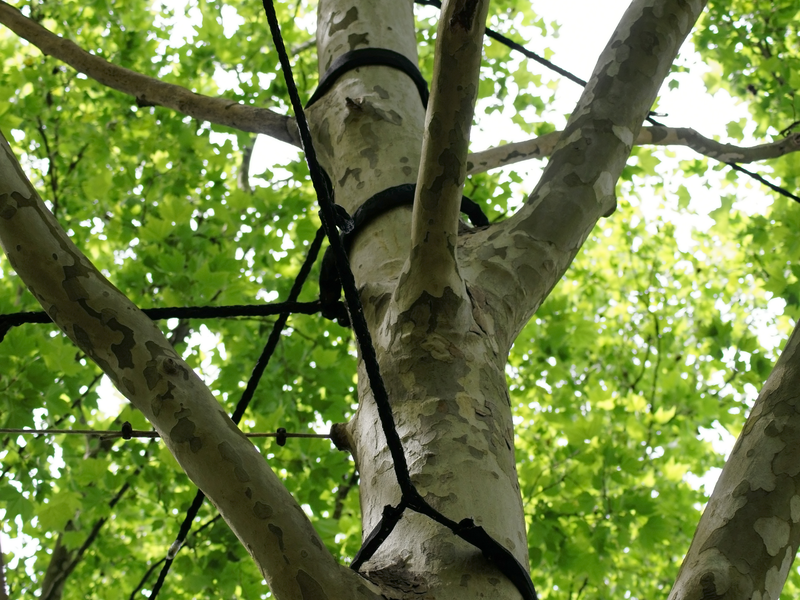How to Preserve Trees Without Cutting Branches
Your family made countless memories beneath that tree. Maybe your grandfather planted it. It’s where you pose for wedding, graduation, and family reunion photos. You don’t want to cut it down, but that one branch is too close to the house. If this sounds familiar, there are options to save that beloved tree without pruning. Tree cabling enables you to protect your property from damage without harming the tree.
Tree Cabling Basics
Tree cabling, also called “tree bolting,” is a process through which specialized hardware is drilled carefully and safely into a tree to prevent a branch from breaking off and potentially harming people and damaging property.
Generally, there are three scenarios in which tree cabling is beneficial:
- If you have a large branch, multiple branches, or a section of a tree hanging over a house or other high-traffic area which creates a safety hazard, but you wish to keep the tree
- You have a “landmark” tree, meaning a tree older than 50 years, that is a beautiful part of your yard, and you’d like to preserve it for the future, but it has structural issues.
- The sheer size of a large tree on your property poses a hazard, but you want to keep it.
Your landscaping professionals will know where and how to cable the tree so that it provides maximum support without bringing harm to the tree. In this way, you will preserve both the picturesque tree in your yard as well as the home or cars beneath it.
Tree cabling uses flexible but highly strong steel cables. It reduces stress from factors like wind, ice, and snow. Tree bracing uses bolts and threaded rods to reduce sideways movement between two branches. You’ll often see this type of tree support if the tree has formed a “v” shape.
Tree Cabling Pros And Cons
Understandably, you’d want to save a tree that has emotional value for you and your family. However, there are certain things to consider before electing to have tree cabling installed.
Pros
- Keep your landmark trees without harming them.
- Protect your home, cars, garage, shed, patio, or any other structure from damage by falling branches
- May not have to chop the tree down or prune large sections of branches.
Cons
- Sometimes, as much as you may want to save a tree, the better option is to remove the tree entirely.
- Not all trees can be salvaged. There’s no guarantee.
- You’ll need to have the system inspected regularly and possibly replaced every 7 – 10 years.
A certified arborist will be able to perform an inspection and advise you as to whether or not tree cabling is viable and whether your tree is healthy enough to undergo that procedure.
Save Your Beloved Trees With PPM Tree Service & Arbor Care
Don’t sacrifice the tree you and your family love! Protect your house from low hanging branches and save your trees at the same time with tree cabling and bracing options from PPM Tree Service & Arbor Care. We’ll ensure your landmark tree’s branches are supported so your family can enjoy it for many years to come. Call (877) 454-8733 or request a quote here. For more tree care tips and suggestions, visit our blog. And for the latest news and offers, like us on Facebook and Twitter!


